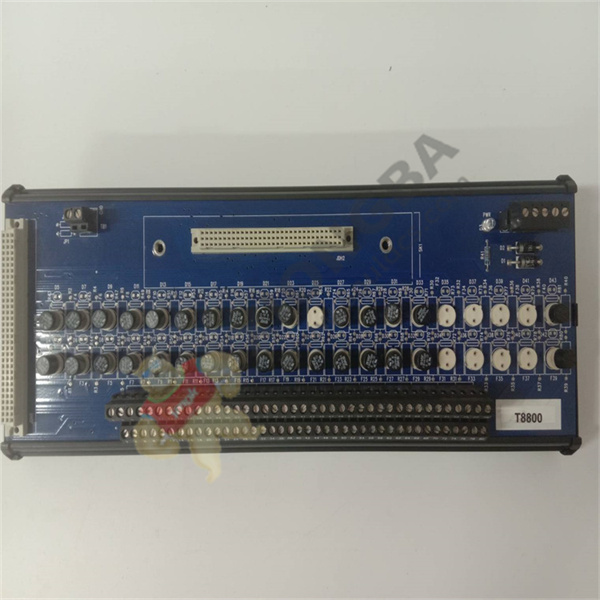The relay protection device should meet the requirements of reliability, selectivity, sensitivity and quickness: the four “sex” is closely related, both contradictory and unified.
selectivity
— Indicates that the fault is first removed by the protection of the faulty device or circuit breaker. When the protection of the faulty device or circuit breaker refuses to operate, the fault can be removed by the protection of the adjacent device, the protection of the line or the circuit breaker fails. The setting of relay protection between upper and lower power networks (including the same level) should follow the principle of step-by-step cooperation to ensure that the fault can be selectively removed when the fault occurs. Disconnect the faulty part of the system while the other non-faulty parts continue to supply power.
rapidness
— means that the protection device should remove the short circuit fault as soon as possible, the purpose of which is to improve the stability of the system, reduce the damage degree of the faulty equipment and the line, reduce the spread range of the fault, and improve the effect of automatic reclosing and automatic input of standby equipment.
sensitivity
— means that in the event of gold short circuit occurring within the protected range of the equipment or line, the protection device shall have the necessary sensitivity coefficient (specified in the procedure). It is realized by setting the value of relay protection. The setting value is usually checked once a year.
reliability
— refers to the relay protection device within the protection range of the operation should be reliable, in the normal operation state, should not be reliable action. Any power equipment (line, bus, transformer, etc.) is not allowed to operate in the state of no relay protection, reliability is the most fundamental requirement for the performance of the relay protection device.
ICS TRIPLEX T8850 5600389 Terminal board
 中文版
中文版





